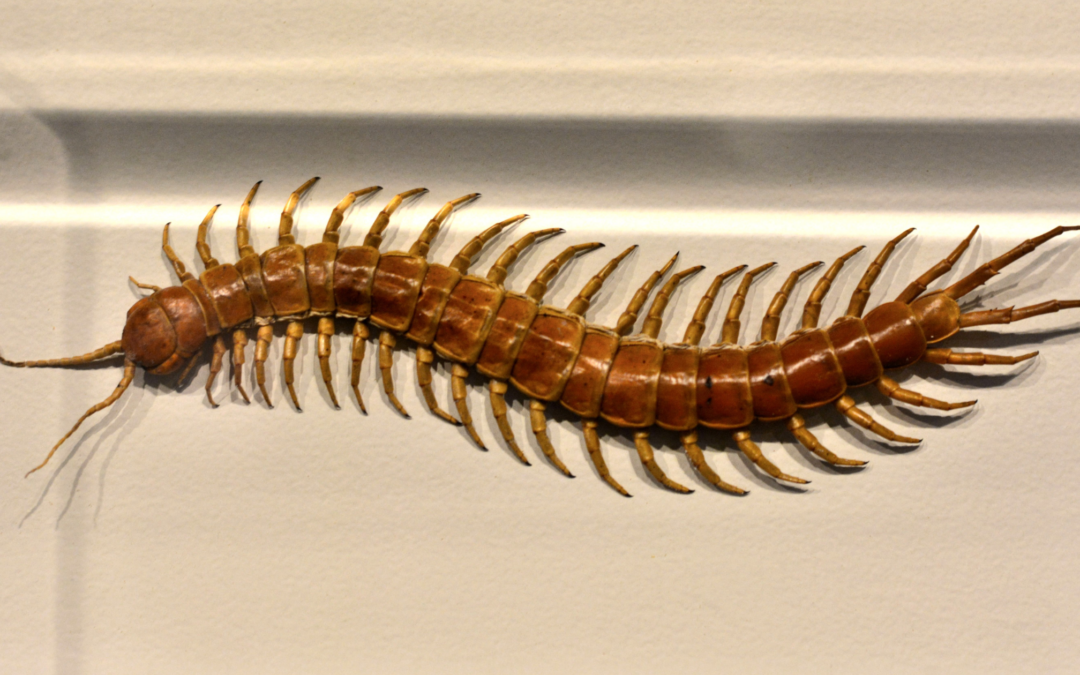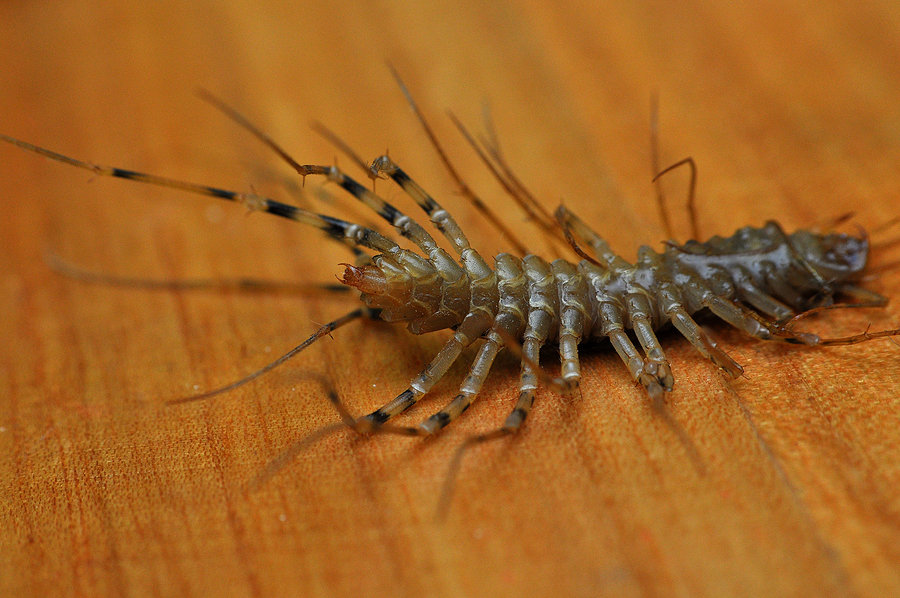READY TO GET STARTED?
REQUEST A FREE ESTIMATE
Fill out the form below or call (888) 466-7849 for a free, no-obligation estimate.

Centipedes, with their numerous legs and speedy movements, are not exactly a welcome sight in any home. As common household pests, centipedes can be a nuisance, but understanding what attracts centipedes to your home is the first step towards effective pest control. In this blog post, we’ll delve into the basics of centipedes, how they find their way indoors, signs of infestation, and crucial tips for prevention and elimination.
Centipedes are arthropods belonging to the class Chilopoda. Despite their name, centipedes do not have a hundred legs; the number varies depending on the species but typically ranges from 15 to 177 pairs. Known for their long, segmented bodies and swift movements, centipedes are carnivorous, preying on insects and spiders.
Centipedes are attracted to homes for several reasons. Understanding these factors can help you take proactive steps to keep them at bay.
Identifying a centipede infestation early is crucial for effective pest control. Look out for the following signs:
Don’t let centipedes take over your home. Take proactive steps and ensure a pest-free living environment. Our expert pest control team in Georgia is ready to assist you. Request a free pest control quote today and enjoy the peace of mind that comes with a centipede-free home.
Remember, early detection and preventive measures are crucial in keeping centipedes and other household pests at bay. With the right approach, you can enjoy a comfortable and pest-free living space in Georgia.

Centipedes are a type of arthropod often mistaken for their cousins, millipedes. These pests thrive in a diverse array of environments, from the driest deserts to wet, humid forests. Determining whether you have a millipede vs centipede can be tricky. Both creatures have linked segments forming their bodies. Centipedes only have 1 set of legs per body segment and these legs are situated on the sides of their bodies. Millipedes, on the other hand, have 2 sets of legs per body segment and their legs are situated underneath their bodies. Centipedes have flatter bodies while millipedes have rounded bodies. Now that you know how to spot a centipede in your home, what attracts them in the first place?
There are 3 main things that attract centipedes to your home: food, environment, and protection.
Centipedes are nocturnal predators with voracious appetites. They can often be found wandering around at night in search of their next meal. Centipedes consume mostly other insects, including beetles, spiders, roaches, crickets, earthworms, bed bugs, silverfish, moths, flies, pill bugs, and even other centipedes.
To prevent centipedes from coming into your home, keep these other pests away. Routine pest control is a good place to start in keeping their food sources limited.
Different species of centipedes prefer different environments. While many centipedes prefer to live outdoors, others will make their way indoors. Inside your home, they are attracted to cool, dark, damp places that are rarely disturbed. They are attracted to moisture and can often be found near food sources. They like to hide out in cement block walls, boxes, clutter on the floor, floor drains, on or near plants, leaky faucets, leaking hoses, and broken gutters. They can get into your home through drains, holes, cracks, gaps, and poorly sealed doors and windows.
To keep centipedes from making your home theirs, you can eliminate standing water in your yard, fix drips and leaks including faucets and hoses, clean and repair gutters, clean up loose brush and other yard debris, and keep your home cleaned and decluttered, especially in areas that are not disturbed often.
Centipedes are overwintering pests, meaning they cannot survive in cold weather. Instead, they will make their way indoors in search of a warm, heated place to survive the winter months and to reproduce. Because they are attracted to moisture and need it to survive, they will also come indoors during periods of extreme drought in the summer, as well.
Keep centipedes out of your home during any season by sealing any gaps and cracks with caulk, using rubber stoppers on drains, and installing weatherstripping around doors and windows.
If you have a problem with centipedes or any other pests, contact your local pest control company for a thorough evaluation and treatment plan.
You Brought Bed Bugs Home, Now What?
Orb Weavers: What You Need to Know
Rat vs Mouse: What’s the Difference?